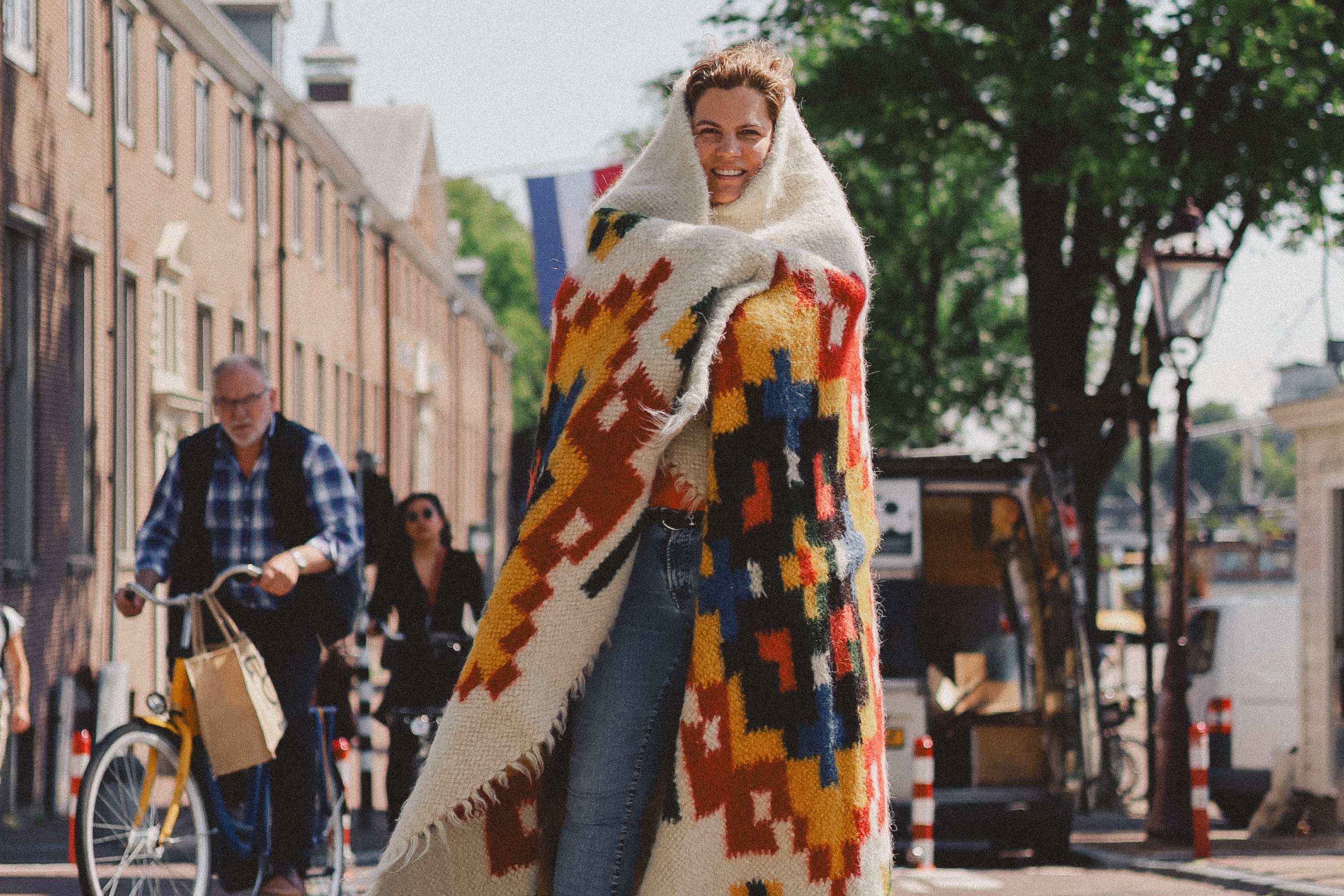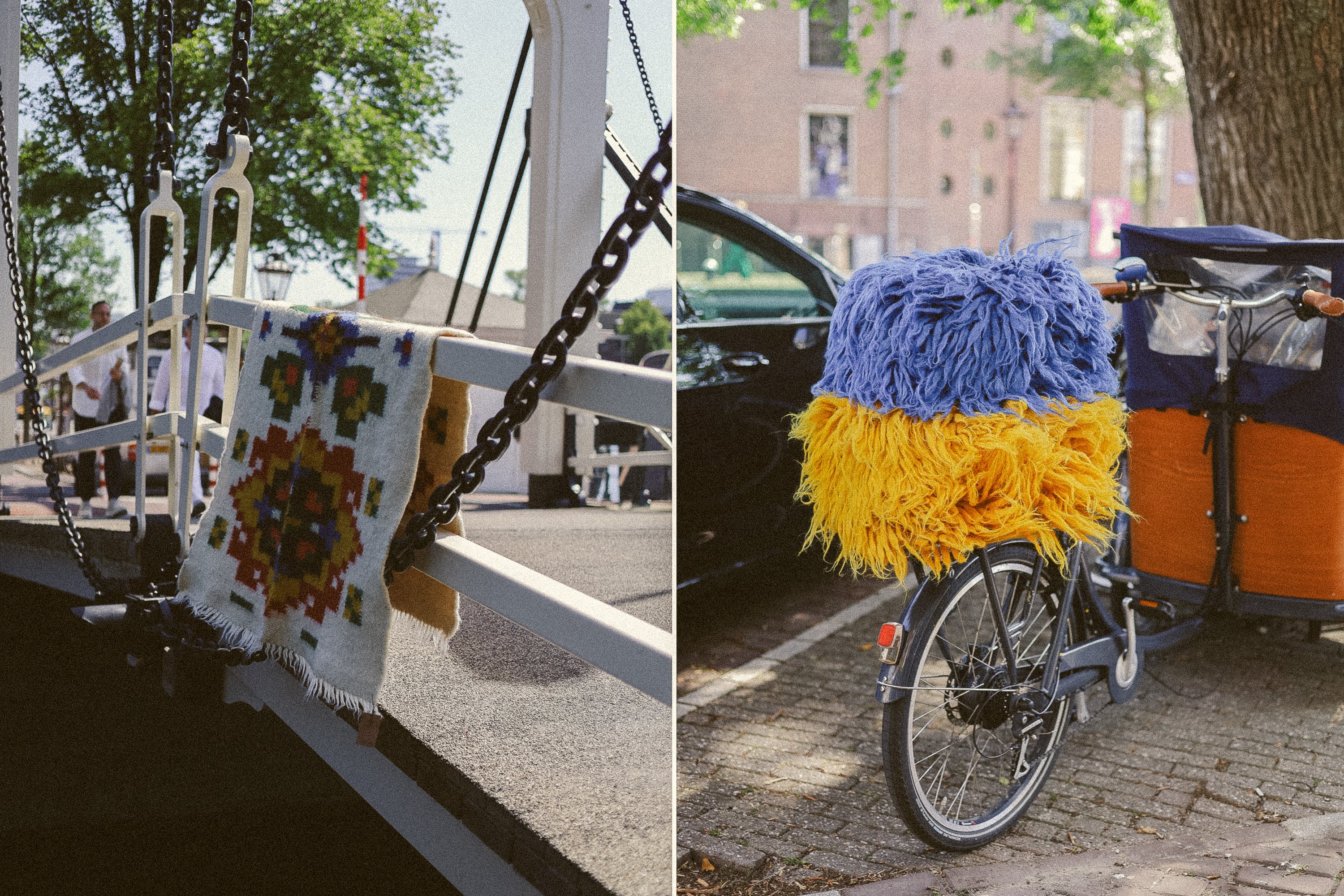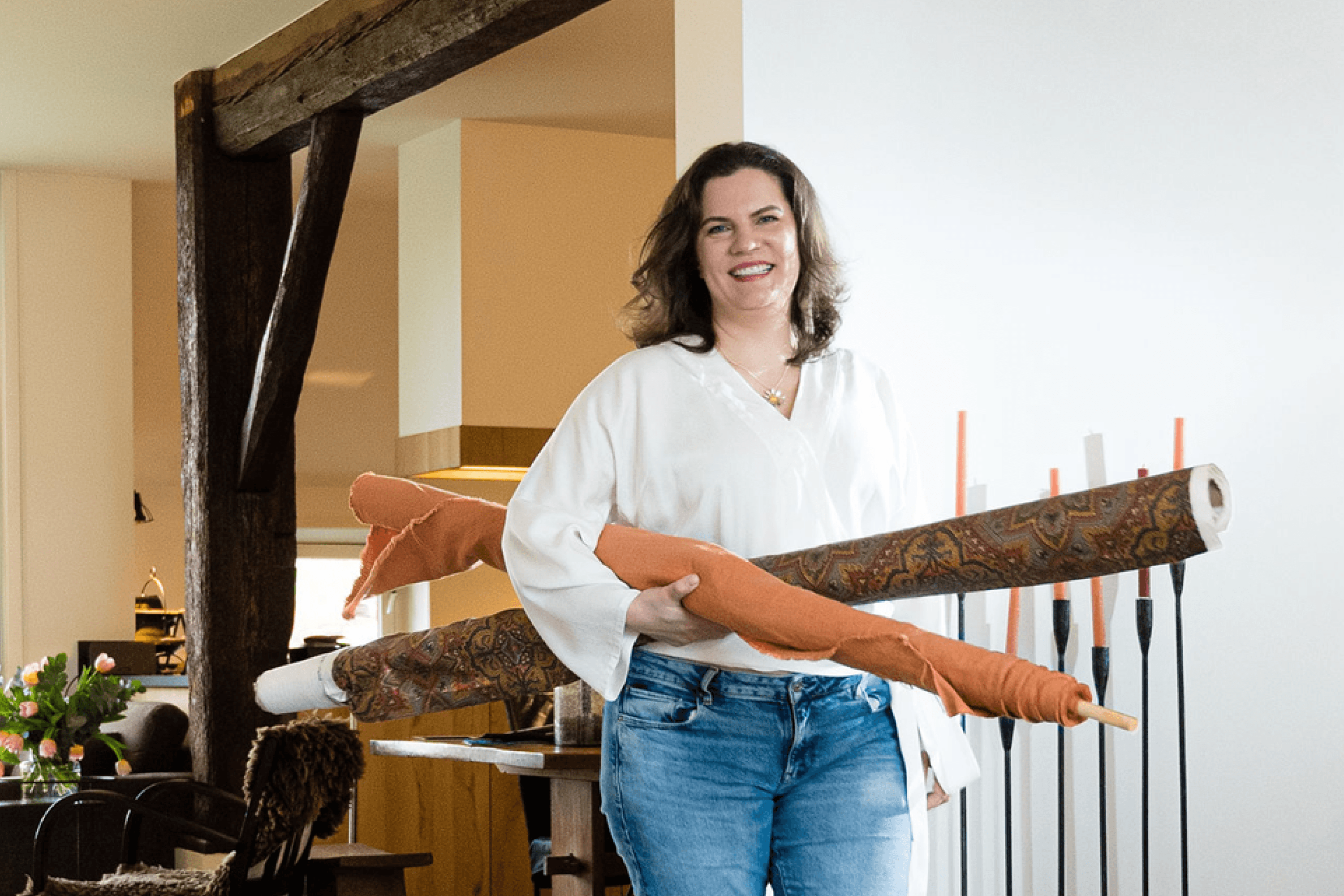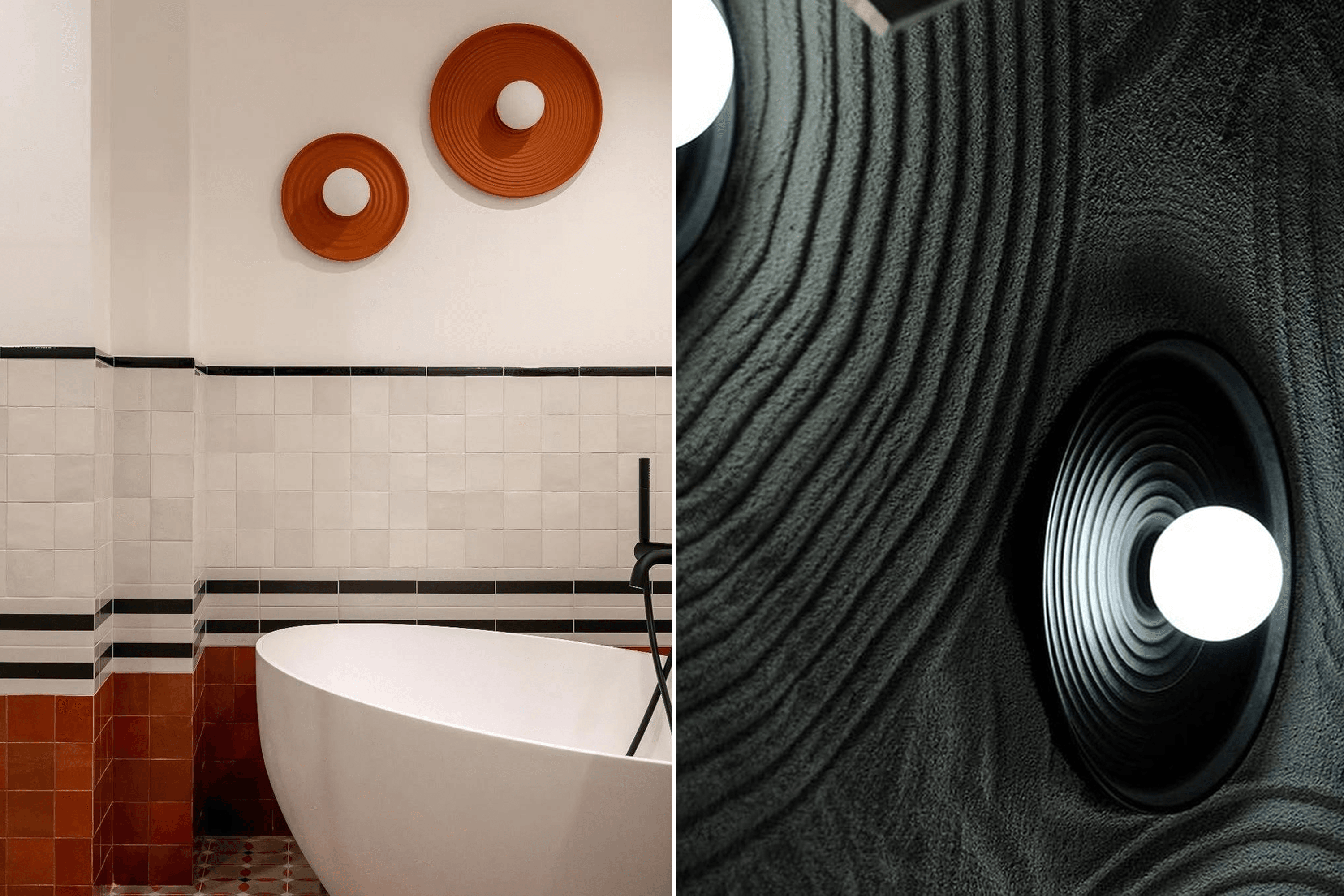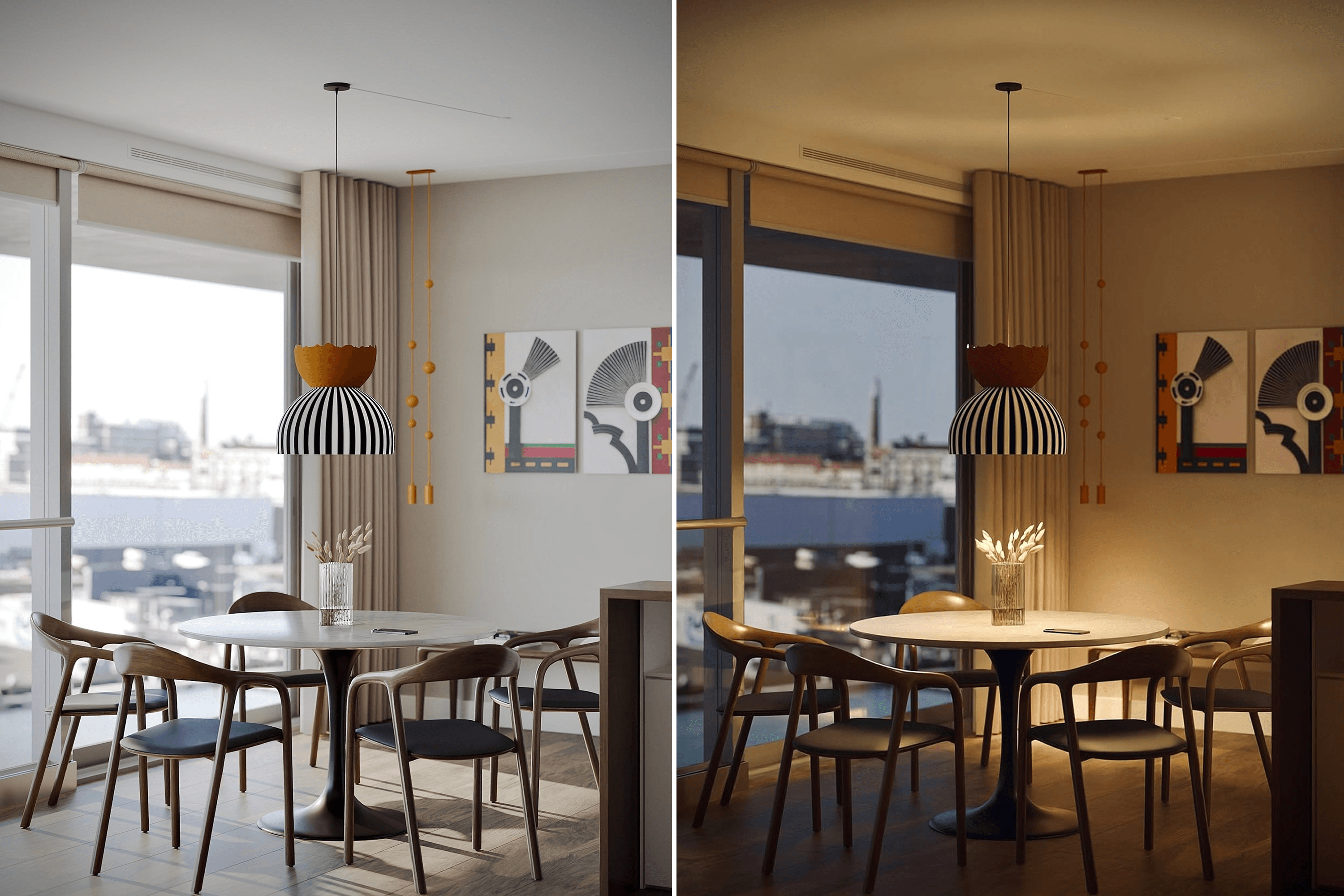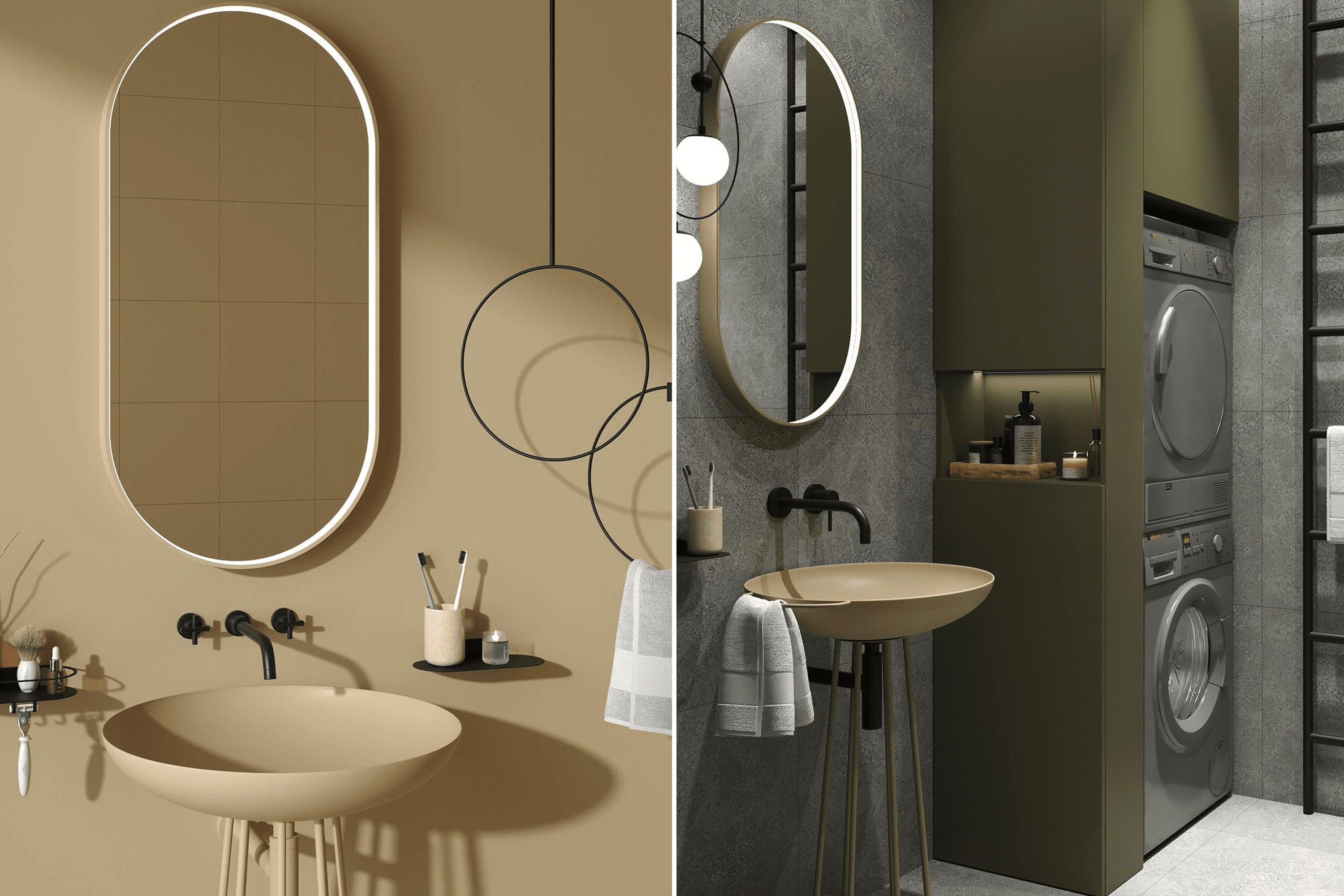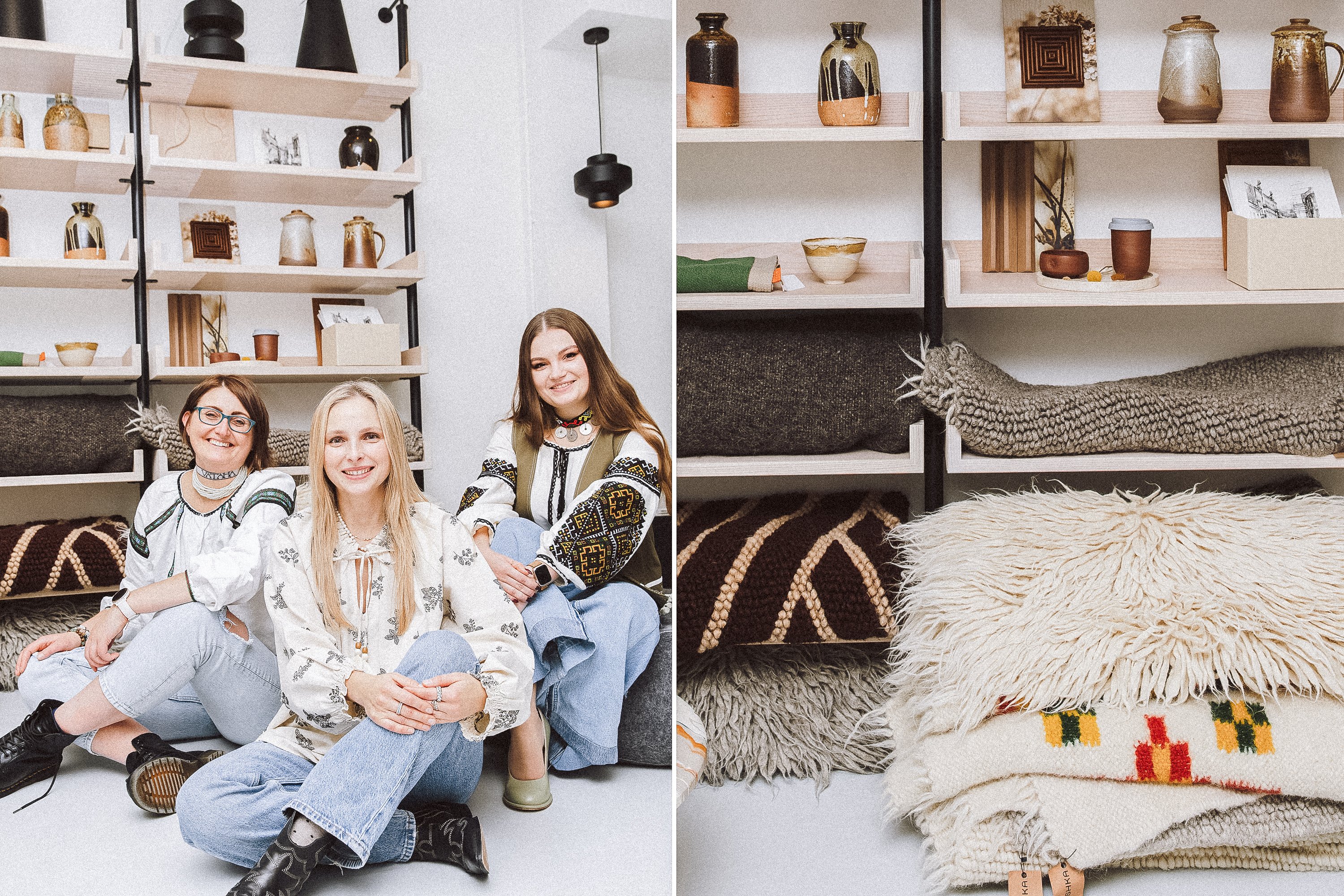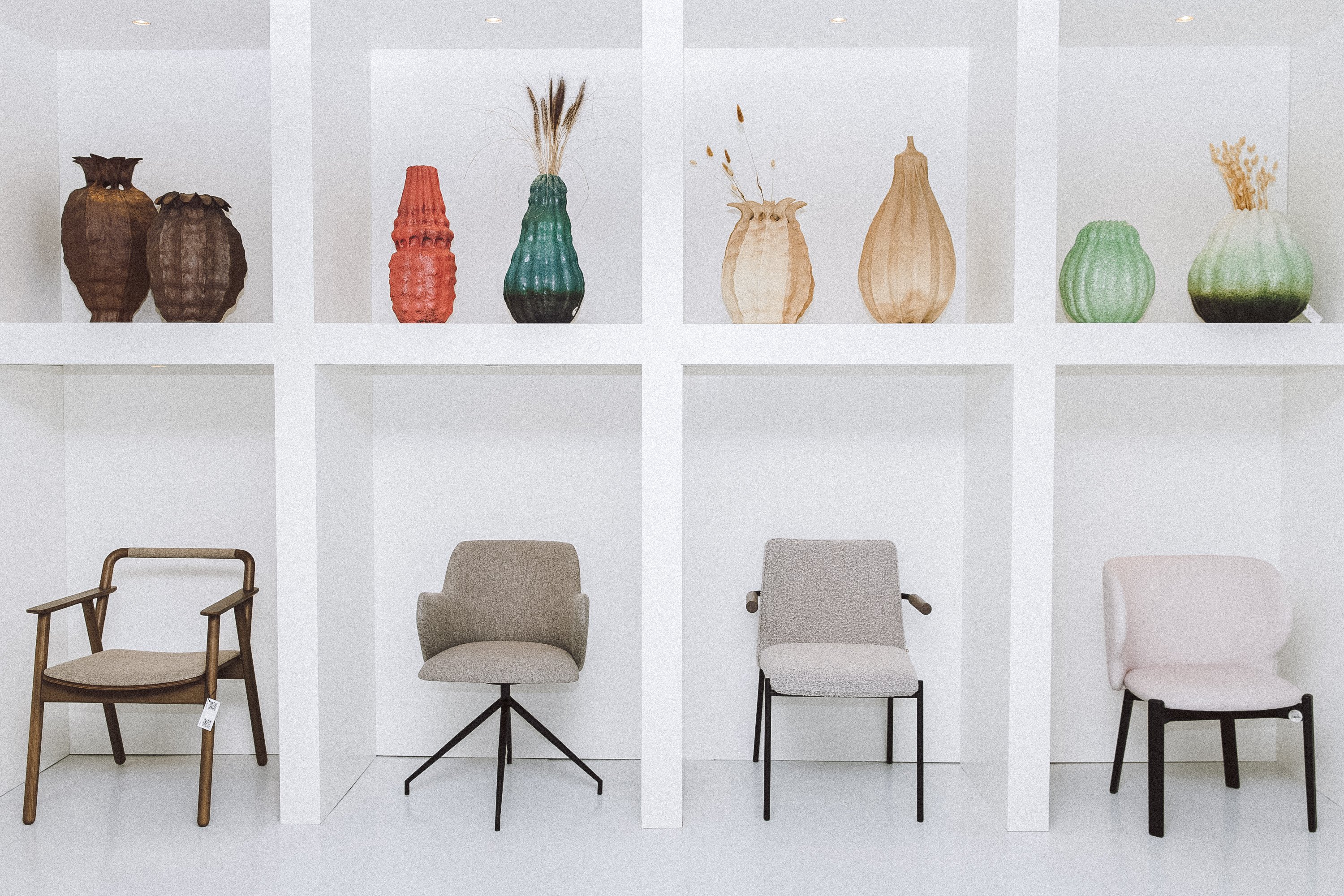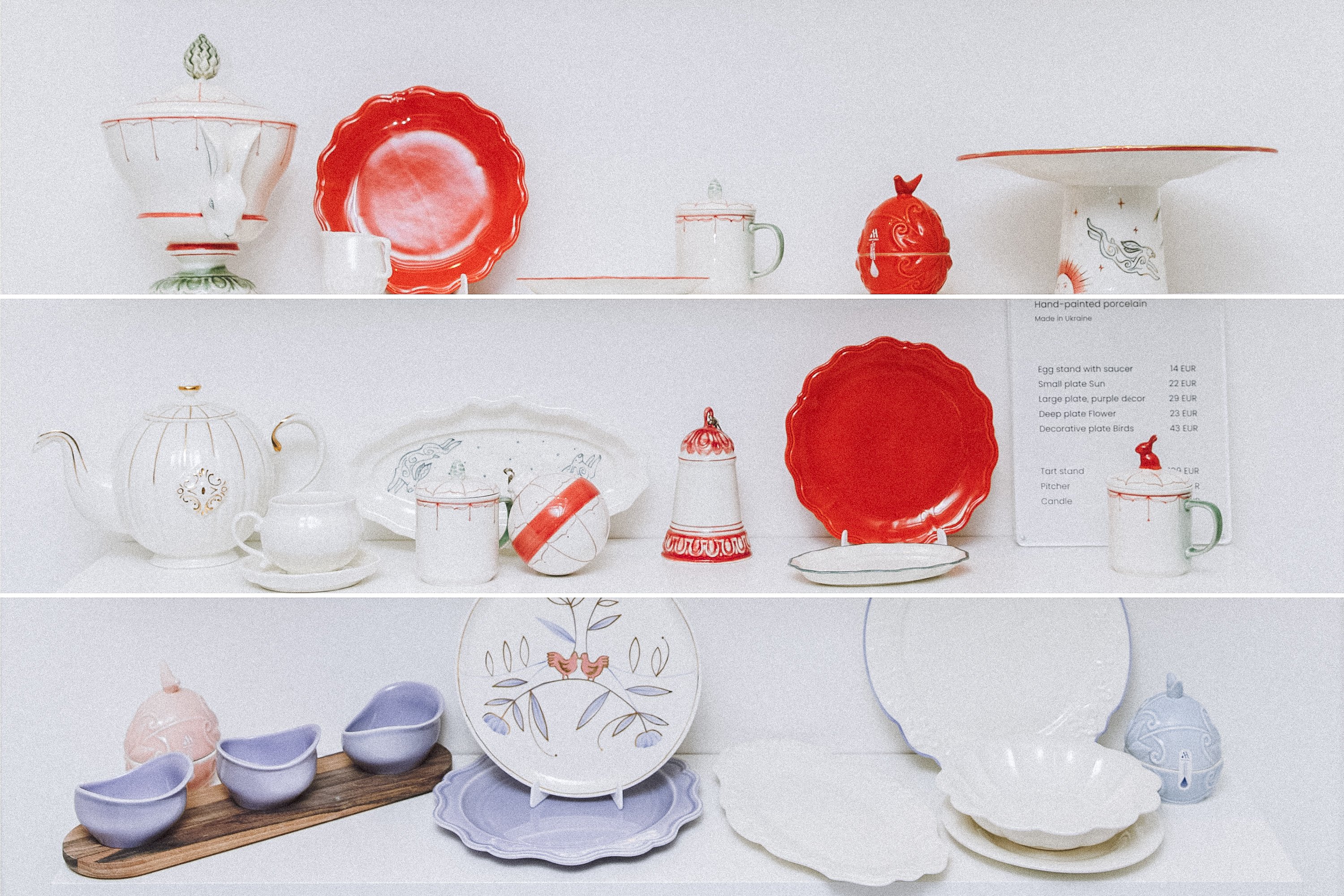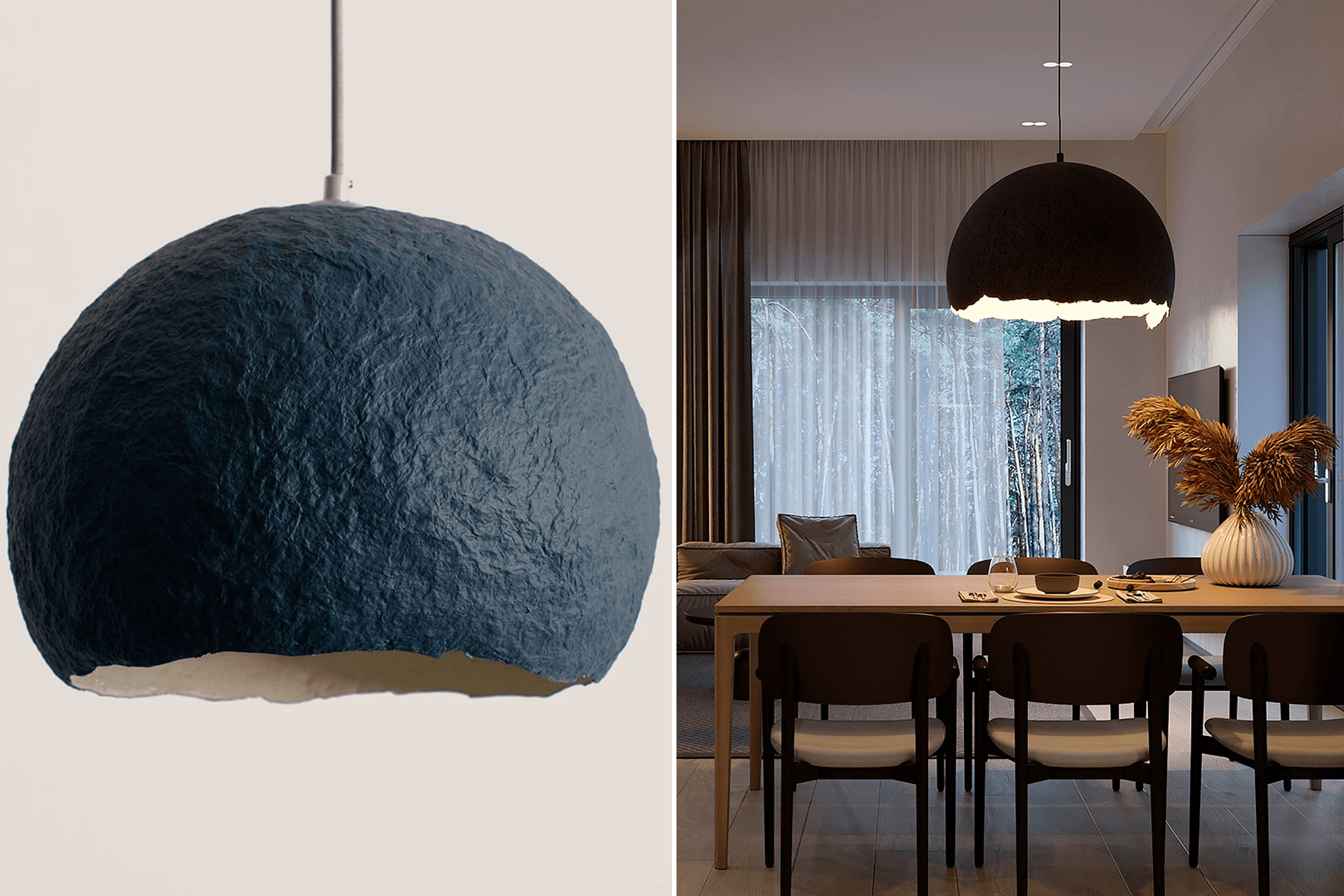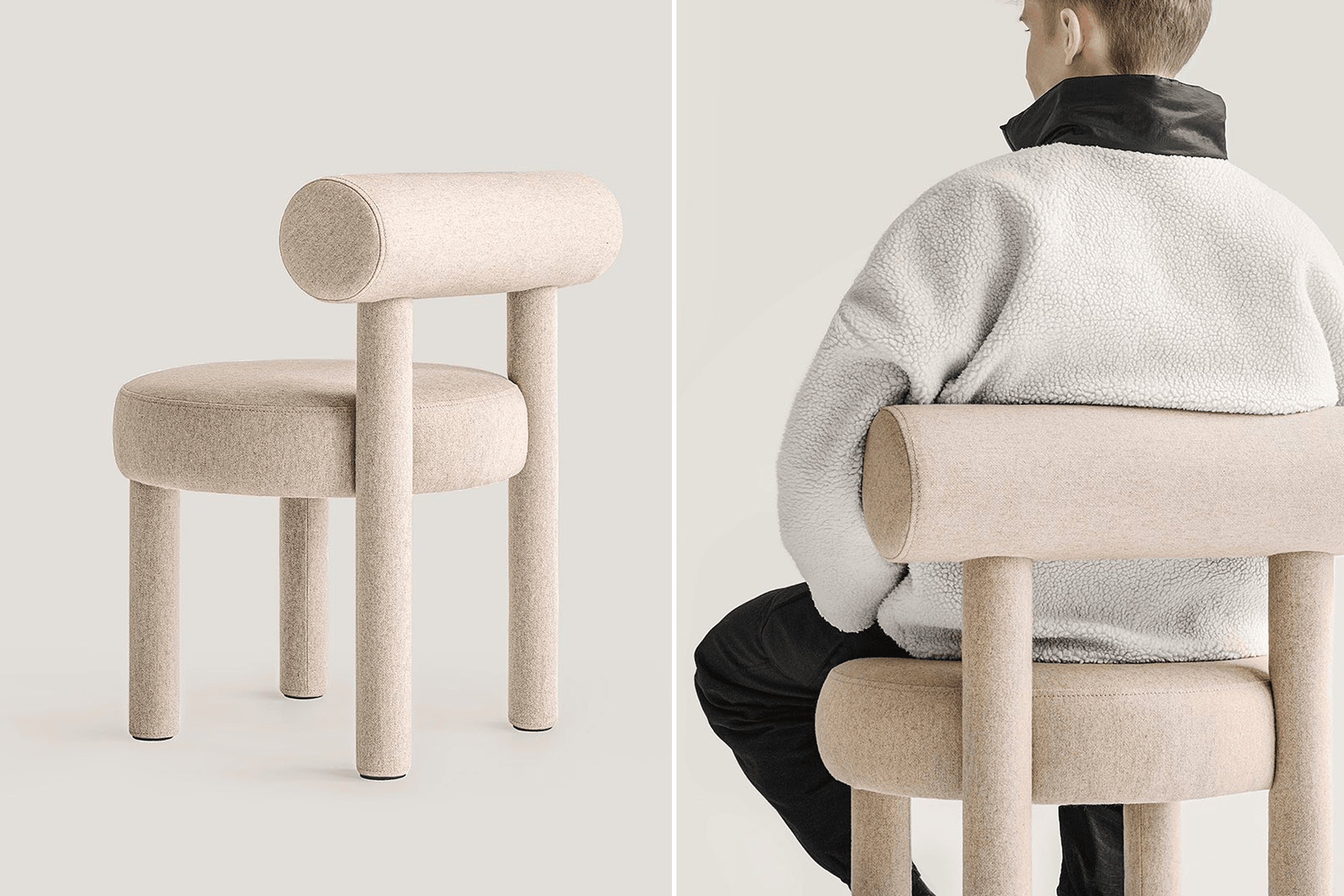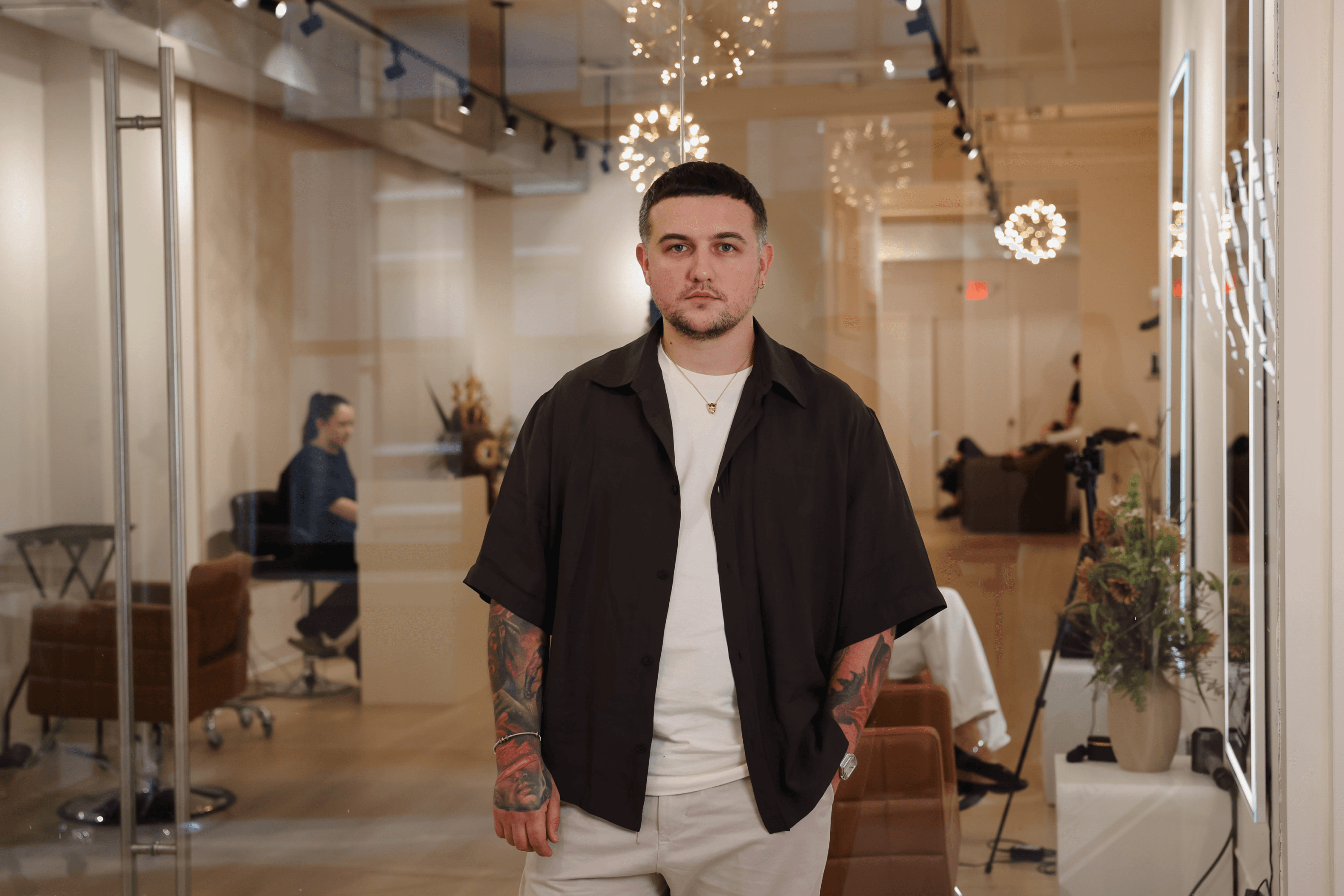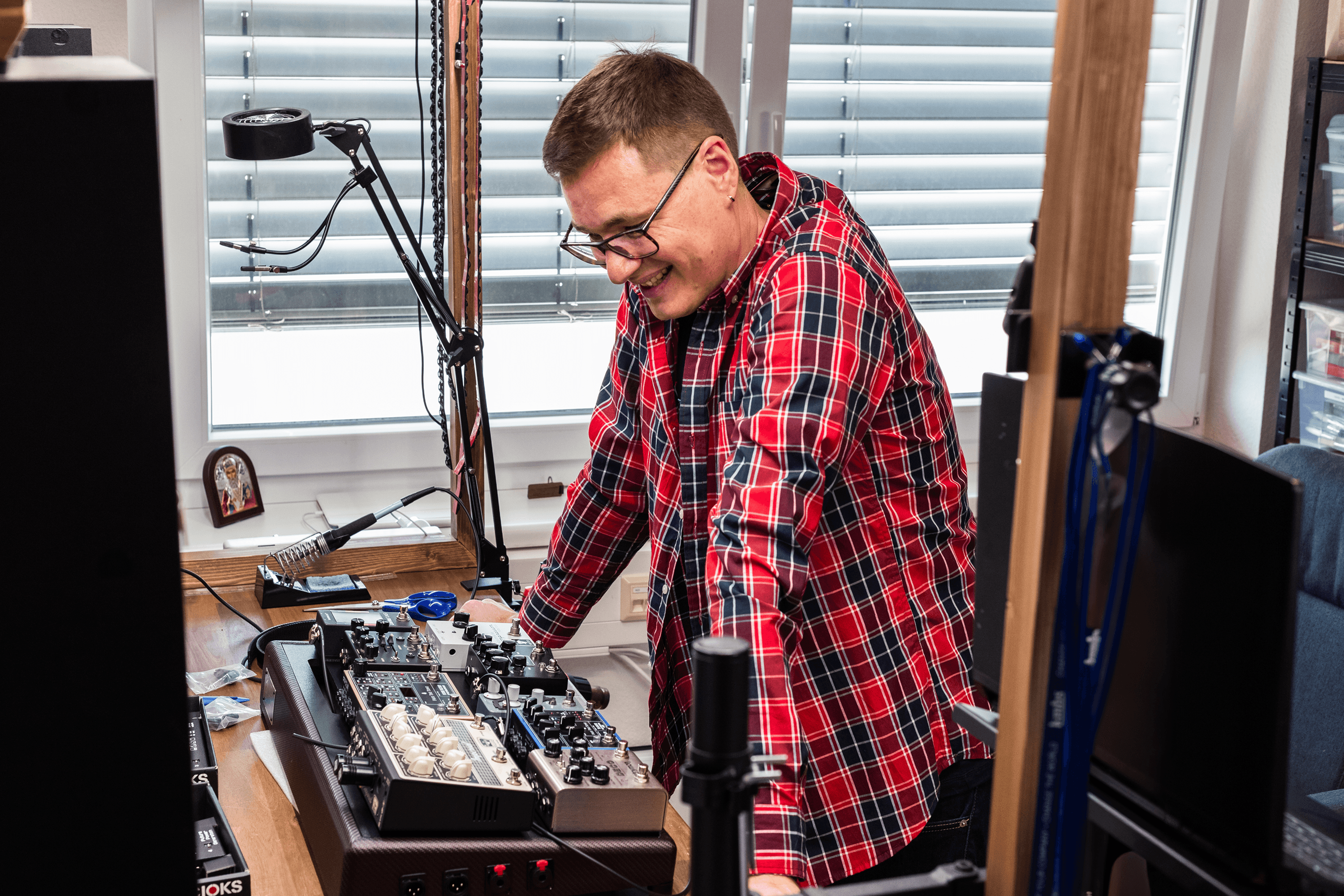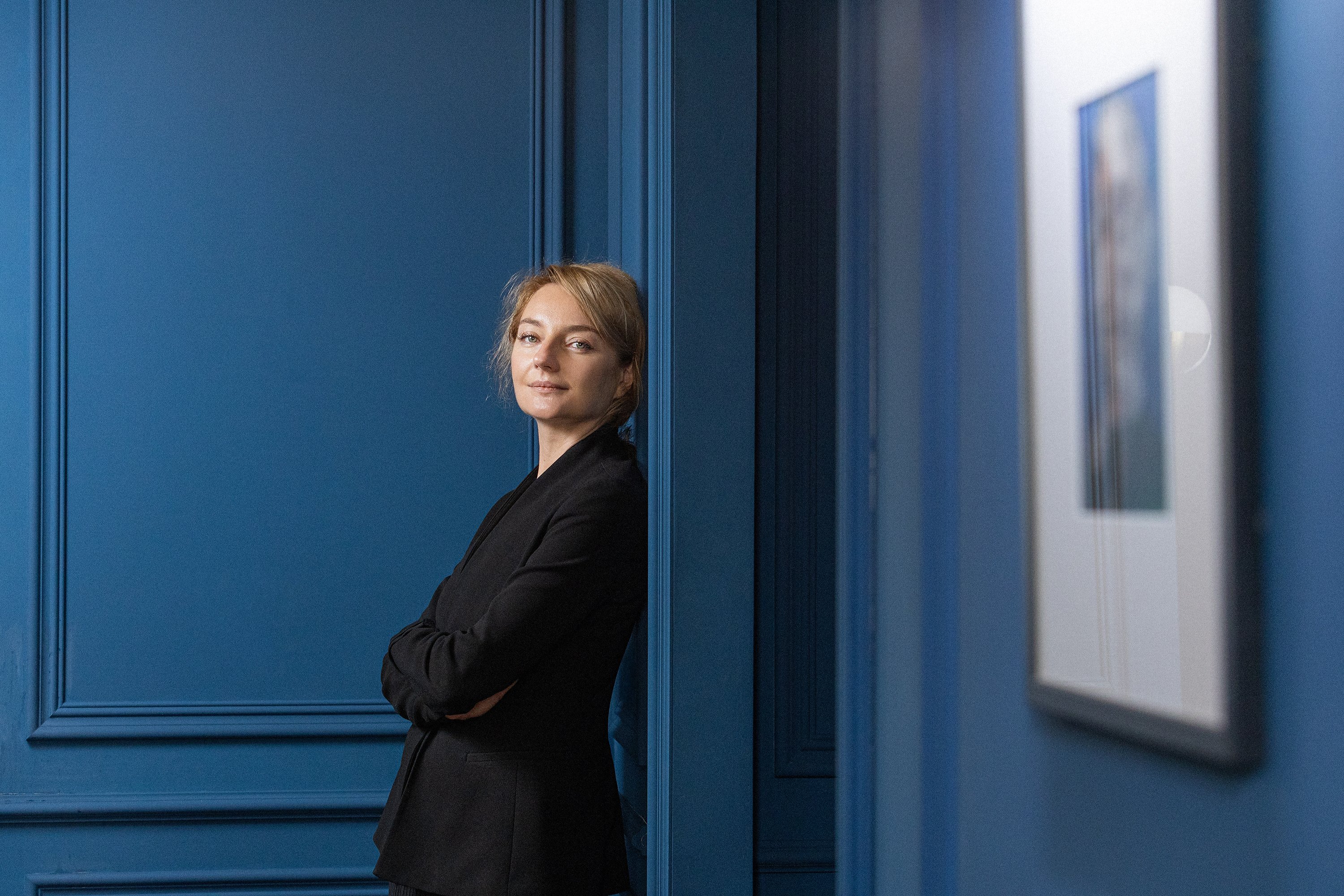Tonya Popova, originally from Lviv, moved to London in 2004, where she signed a contract with energy giant Shell and built a career in HR. In 2013, she accepted a position at Shell’s office in The Hague and relocated there with her family. In 2022, she decided to leave the corporate world to pursue a new professional path. She went on to open Nothing Basic — the only physical showroom dedicated to Ukrainian object design in Europe, featuring work from over 40 Ukrainian brands. YBBP journalist Roksana Rublevska spoke with Tonya Popova about redefining identity after a corporate career, the role of Ukrainian design in cultural diplomacy, and why Nothing Basic is more than just a name. Below are highlights from their conversation.
On Her First Job
I landed my first job at Shell almost immediately after earning my degree. It was a big moment — I had spent my whole life trying to prove I was capable, and finally, the world said yes. Shell had a strong focus on learning: constant training sessions and workshops. I still remember my early days clearly. I didn’t really know how to use Microsoft Office. I could type in Word, but when I was asked to schedule a meeting in Outlook, I froze. That’s when I realized how important it is to know your weak spots and work on them. But my analytical thinking, along with my ability to learn quickly and process large amounts of information, came from my Ukrainian education. I was a top student and took part in academic competitions, so I was used to a fast pace and heavy workload.
On Life in London
My husband and I decided we wanted to live in the city centre, between Tower Bridge and London Bridge. Yes, it was expensive — £1,400 a month for rent, which was half our combined income. But we wanted a view of the river from our window. Most importantly, we wanted to live close enough to walk to work. In the evenings, we’d change and head out for walks around the city. It’s a simple joy, but a rare one in London. In 2011, I gave birth to our daughter Sofia and we moved to Belsize Park, a calm and family-friendly neighbourhood. After that, the city’s atmosphere changed. Instead of offices, there were stroller walks through Primrose Hill. I took a year of maternity leave.

About my career roles at Shell
Over 18 years, I moved through five different HR roles at Shell. For example, I was responsible for our UK networks related to Diversity and Inclusion. Later, I worked as an Employee Relations Advisor at our head office in London. I managed policy areas at Shell, ranging from standards of conduct to corporate regulations. In particular, I took part in creating the global Code of Conduct. I was directly responsible for the sections addressing alcohol and drug use, harassment, and inappropriate behaviour. Previously, these policies existed only in local versions, but this was the first time we created a single document for the entire company. The task was challenging because we had to formulate policies that would be legally acceptable in different countries while reflecting Shell’s values. After that, I worked as a Talent Manager — a classic HR role involving recruiting, interviewing, and talent management. I also served as an HR business partner for leaders of major divisions.
My longest role at Shell was in a position not typically associated with HR: I worked as a Global Skill Pool Manager. For four years, I was responsible for career development and what we called deployment — the internal placement of roles across a large technical team of around 1,500 to 2,000 engineers. My job was to ensure the right experts were in the right place at the right time, whether in Malaysia, Nigeria, Brunei, or the United States. It often felt like playing chess. I had to think several steps ahead and take into account not just technical expertise, but also motivation, personal situations, and willingness to relocate. We knew that every three to four years, most people need a new challenge. One of HR’s key responsibilities was to help them find it.
On Moving to the Netherlands
After coming back from maternity leave, my days in London looked like this: in the morning, I had to get my daughter to daycare; in the evening, I picked her up. I spent three hours a day commuting, exactly on schedule. At some point, I realized I couldn’t keep doing that.
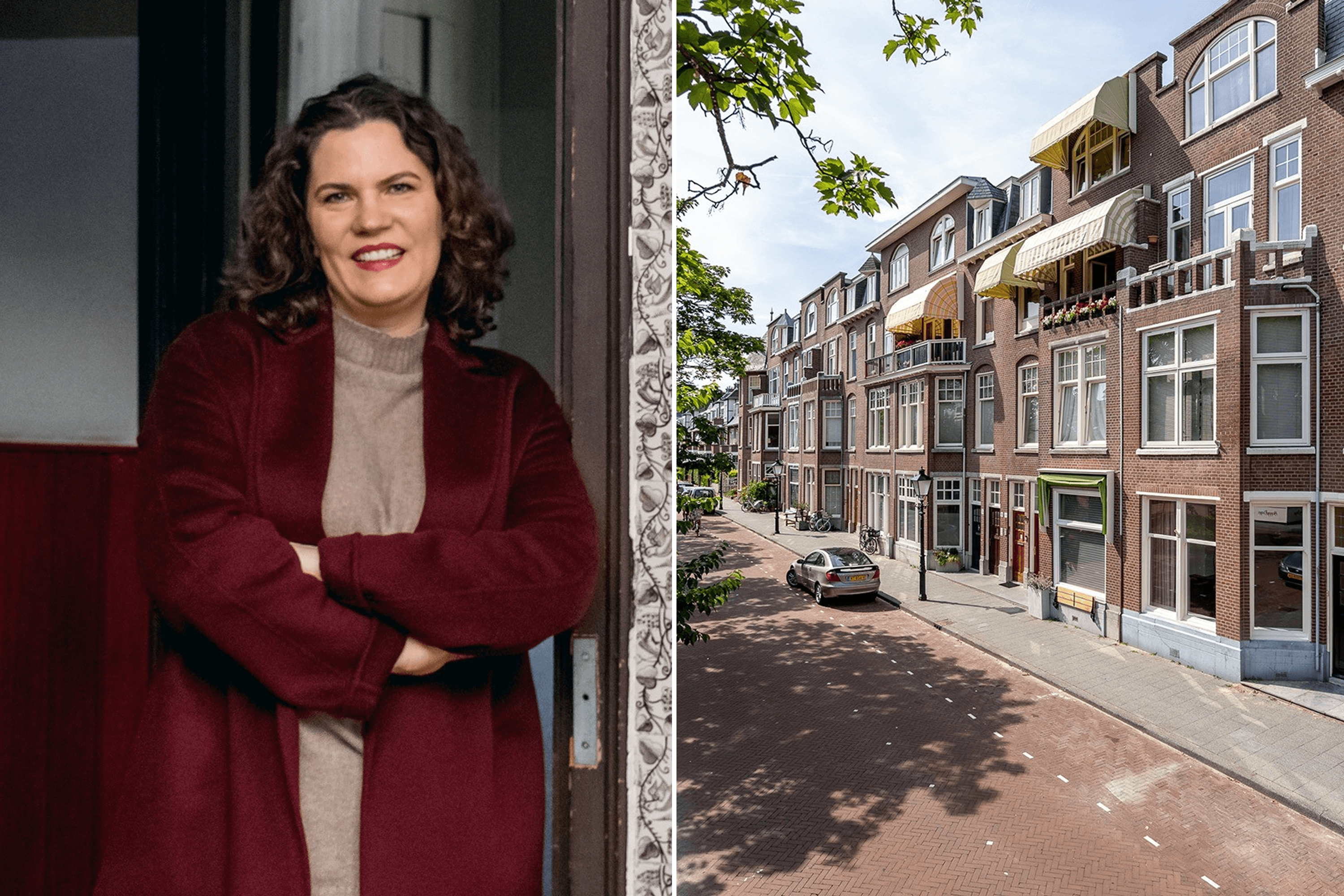
Around that time, I was offered an expat position in Shell’s HR sector in the Netherlands. I accepted and told myself, “Now I want to be able to walk to work again.” We moved, and I found a place right next to the office. I convinced the owner not to sell the house but to rent it to us instead. We lived there for two years, just a few minutes from work. The cost of living in the Netherlands was lower than in London, but the overall quality was higher. The infrastructure was convenient, public transit accessible, and best of all, you could easily get around by bike without owning a car.
Later, my salary was adjusted to the local rate in The Hague, and there was no longer room in the budget for that kind of rent. But in 2015, I was able to buy a place of my own. Unlike in London, that became possible in the Netherlands — I took out a mortgage and bought a small house in Delft, 83 square metres in size. Owning a home made financial sense. In 2016, after my divorce, I sold the house and bought an apartment instead. I brought my mother from Ukraine to live with me. Eventually, I met someone new, and my daughter and I moved into his spacious home, where we still live today.
On First Thoughts of Starting a Business
During the pandemic, I suddenly felt I had reached my limit. I was exhausted and burned out, and it made me stop and question where I was heading. I wanted to take a break or go on an extended leave, but for two years I couldn’t bring myself to do it.
I’ve always been drawn to the idea of home — not just a place to live but a feeling, when a space offers calm, comfort and stability. Home has deep emotional meaning for me. I need to feel like I want to return to it. That’s when I realized it was time to act. I had also been interested in product design, and I came to understand that all it takes to start over is genuine passion.
In February 2022, just a few weeks before the war began, I ended my 18-year corporate career. I had spent years helping expats relocate around the world. That’s how Nothing Basic was born, a business created to support people through every step of the journey — from finding a home to furnishing and decorating it. The original idea was simple: welcome newcomers to the Netherlands, help them adapt and guide them as they build a new life. But when the war started, everything changed. And a new mission emerged — to tell the story of Ukraine through the language of design.
About the Pop-Up That Started It All
In June 2022, with support from the Dutch railway company, I opened a pop-up featuring Ukrainian design at Amsterdam Central Station. It was a high-traffic location where hundreds of thousands of people pass through every day. The space normally rents for tens of thousands of euros per month, but I was given it for free. The condition was that we had to stay open seven days a week, twelve hours a day. I commuted to Amsterdam daily, working long hours on my own. Eventually, I hired two women and paid them a salary so I could occasionally take a day off.
Train stations are all about transit, not shopping. People are in a rush to grab coffee, not a ceramic vase. To sell anything, you have to offer convenience: time to browse, to consider, to manage logistics. Still, our glass display with the words “Made in Ukraine” caught hundreds of eyes every day. The pop-up showcased only Ukrainian brands. We had artisan ceramics, contemporary art, leather goods, and handmade natural soaps. Each item carried a sense of soul, handcrafted by artisans from across Ukraine. It wasn’t just a display — it was a visual statement. People were rushing to catch their trains, and suddenly — there it was — Ukrainian art, handmade goods, and design pieces. The wow effect was undeniable.
But from a commercial perspective, things were less straightforward. I invested 20,000 euros of my own money into the project. I didn’t take anything on consignment — I bought every item outright, from Mykola Stupinskyi’s prints and GORN Ceramics to handmade Carpathian soaps. Looking back, I’d say it was an exhibition for the eyes — visually beautiful, but not about sales. Most of the items remained unsold.
Even without turning a profit, I saw the most important thing: Ukrainian products have real potential. Not because of the war or out of sympathy for Ukrainians, but simply because they are high-quality, beautiful and competitive. Even without the “support Ukraine” narrative, these items succeed on their own merits.
After the pop-up ended, I had a lot of questions. Should I continue? And if so, where? The answer was clear: in The Hague, the city I’ve called home for many years. And I took the leap.
“You can be precisely wrong or approximately right.” That’s my favourite quote, and it captures my approach perfectly.
Starting a Business in the Netherlands
If you’re planning to launch your own business, it’s important to be clear about what you’re offering and whether there’s real demand for it in the local market. Strong customer service skills are essential.
You can get by with English in everyday life, especially in The Hague. But if you want to work in the service sector and deal directly with clients, it’s hard to manage without at least an intermediate level of Dutch.

Time is another key factor. Businesses here don’t grow overnight. You need patience and the resources to build your reputation gradually. In this case, it’s best to plan for those financial costs ahead of time.
Leasing a commercial space in the Netherlands comes with a serious commitment. Most contracts are for a minimum of five years, and you won’t be able to walk away after a few months. It’s something you need to be ready for, both financially and mentally.
About the Physical Showroom in The Hague
After my first pop-up, I knew I needed a physical space to make everything work. I quickly found the perfect spot on Frederikstraat. It’s not a tourist street but a true local hub — galleries, cafés, and concept stores. People come here for coffee, for beautiful home accents, and for the vibe. And importantly, they’re willing to pay for quality.

My showroom now operates in a space that was home to Cotton & Silk, a fabric store that had been around for over 40 years. It was run by a local legend, a well-known woman in the community. The 340-square-metre, two-storey space looked a bit tired, but the layout was right, and I saw its potential. I convinced the owner my project was worth it, and on January 1, 2023, I got the keys.
I funded the renovation myself, which took four months. I chose light colours, updated the flooring, painted the walls, restored the stairs, installed new display windows, and divided the space into functional zones. It had to be comfortable not only for customers but also for the brands showcasing their products.
I still see things through an HR lens. It’s not just about the product for me — the team behind it matters just as much. My experience in an international corporation hasn’t disappeared. It’s simply evolved. Now, working with Ukrainian makers, I check not only the aesthetics but also the processes. From ceramics to furniture, textiles to IT, everything has to be clear, logical, and well thought out. It’s like I’ve stepped back into the corporate world, only now it’s Ukrainian and spread all around the globe.
In May 2023, we opened the showroom with a launch party attended by diplomats, media, and the local cultural community. I wanted to make sure people beyond just Ukrainians got to know us. A key item for the showroom got stuck at the Polish border just before the opening, but even with what we had, the space looked amazing. The atmosphere, the pieces, the space — everything came together. The guests left with a strong first impression.
How a Real Princess Visited Nothing Basic
One day, without any prior notice, the building owner came into the showroom with a realtor and another lady. He greeted me and said, “Please, show us the store.” I gave them a tour and even showed off our designer bathroom with a sink by Babich Studio. After they left, I asked the realtor, “Who was that woman?” She replied, “That’s Princess Laurentien, the wife of the king’s brother.” It turned out she was there with her daughter, Princess Eloise, preparing for the opening of a store right across the street. They sell designer second-hand items, and the proceeds go to charity.
The princess and I met a few more times to discuss their project. I gave them three mirrors from the Ukrainian brand Oitoproducts for their space. Thanks to her recommendation, other respected clients started visiting us as well. I truly appreciate that kind of trust.
About Our Clients and Their Tastes
Our audience is quite balanced. About 30% of our clients are Ukrainian, another 30% are Dutch, and the remaining 30% are expats from various countries. Our typical client has seen the world, can tell the difference between superficial aesthetics and deeper meaning, and looks for meaningful pieces with a story rather than mass-market products. The average purchase in our showroom is around 2,000 euros.
Items priced over 5,000 euros sell rarely. It turns out Dutch clients prefer practical, high-quality, and understated products instead of glamorous ones. They don’t like showing off. If you’re not part of their close circle of wealthy acquaintances, they often find our high-end pieces too expensive. It’s a mindset — openly displaying wealth just isn’t done here.
Some of our bestsellers are fold-out sofas from the Ukrainian brand Roshe, with whom I hold an exclusive contract for almost all of Western Europe. These sofas cost around 3,000 euros, and my clients are happy to invest in them, appreciating their quality and authentic design.
My Role and Responsibilities in the Business
When working with Ukrainian brands, I wear many hats — sometimes as an agent, other times as a distributor or direct seller. But my involvement goes beyond sales. I manage both in-store sales of furniture and decor, along with online orders and logistics across Europe. I also coordinate interior sourcing for architects and designers and provide full interior design services — from concept development to technical drawings and renderings. Additionally, I officially represent Ukrainian brands internationally as an agent or exclusive partner. Pricing starts at 50 euros per square meter for a visual concept with renderings, with full design packages including technical drawings beginning at 85 euros per square meter.
Despite all the challenges, we keep expenses within reasonable limits — up to 15,000 euros per month. This covers rent, salaries, logistics, marketing, freelancers, and more. Each month, we process over 20 orders. About half of these are small items, while the other half are mid-range furniture or lighting. Currently, we have only one or two interior design projects running at the same time, but these are long-term, some last up to three months.
I’m not paying myself a salary yet. However, there are two staff members on fixed pay: a sales associate who also manages social media, and a cleaner. Everyone else works freelance, including an interior designer, installers, creatives, writers, and an accountant — some of whom are Ukrainian.
Right now, my focus is on online promotion. I’ve realized the problem isn’t the product but the reach. Often people see our sofas and say, “Oh, if only I’d known six months ago.” So my main goals now are to relaunch the online store and run targeted advertising. We already have the product — now it needs to be seen. For marketing and advertising, I’m exploring the possibility of securing an investor.


